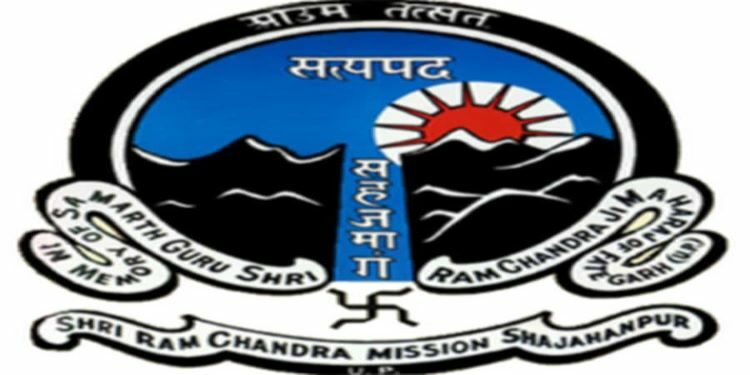In news : The Prime Minister addressed the event organized to commemorate 75 years of Shri Ram Chandra Mission
About the Shri Ram Chandra Mission(SRCM)
- Establishment: SRCM was founded in India in July 1945, and the registered office is at Hardoi Road Rosa Post, District Shahjahanpur, Uttar Pradesh
- SRCM was founded in Shahjahanpur, India and now has its world headquarters in Chennai, India
- It is a non-profit organisation which provides spiritual training to interested seekers around the world.
- This Mission offers a platform for spiritual evolution and practical living through the system of Sahaj Marg meditation, in more than one hundred countries worldwide.
- The founding president was Shri Ram Chandra of Shahjahanpur (Babuji), who dedicated the Mission to his spiritual guide, Shri Ram Chandra of Fatehgarh (Lalaji)
- Kamlesh D. Patel is the current living spiritual Master and president of SRCM.
- SRCM is formally associated with the United Nations Department of Public Information (UN DPI) as an international non-governmental organisation.
What is Sahaj Marg?
- Sahaj Marg means the Natural Path/Heartfulness, and is a spiritual practice based on inner experience through meditation.
- It is a form of ancient practice of Raja Yoga, refined and simplified for modern everyday life.
- It is practised daily by people from all backgrounds and all cultures, and is easily integrated into a busy lifestyle, bringing balance, joy and spiritual growth
- Sahaj marg involves meditation, cleaning, and prayer. The cleaning of impressions (called samskaras) is claimed to be unique to this method
What is Raja Yoga?
- Raja yoga is declared as the goal where one experiences nothing but the bliss of the undisturbed, the natural state of calm, serenity, peace, communion within and contentment.
- The first known use of the phrase “Rāja yoga” occurs in a 16th-century commentary on a specific step in the Yoga Sūtras of Patañjali.
- The term also became a modern name for the practice of yoga, when in the 19th-century Swami Vivekananda gave his interpretation of the Yoga Sutras of Patanjali in his book Raja Yoga.
















